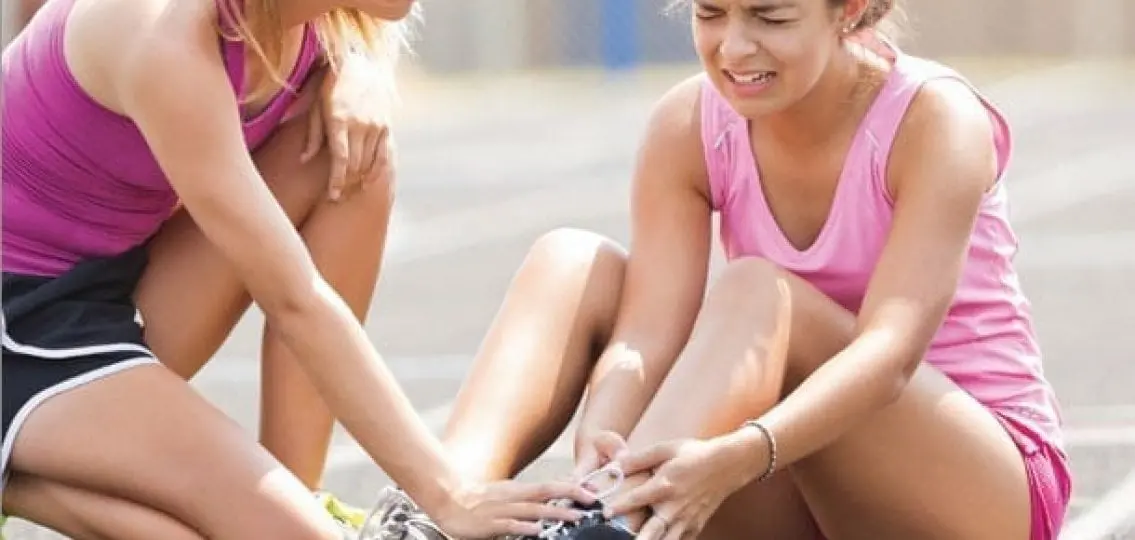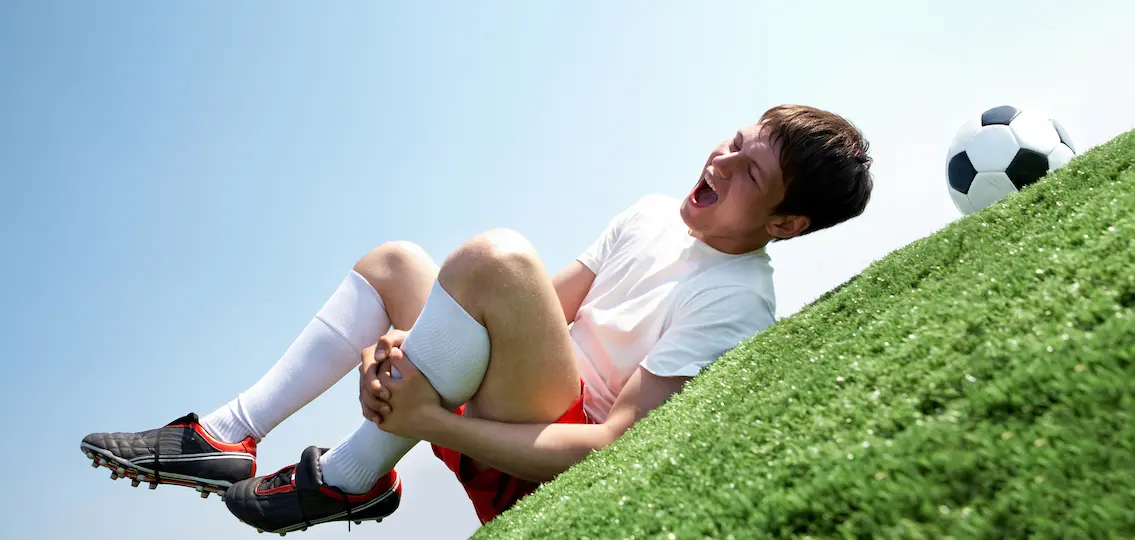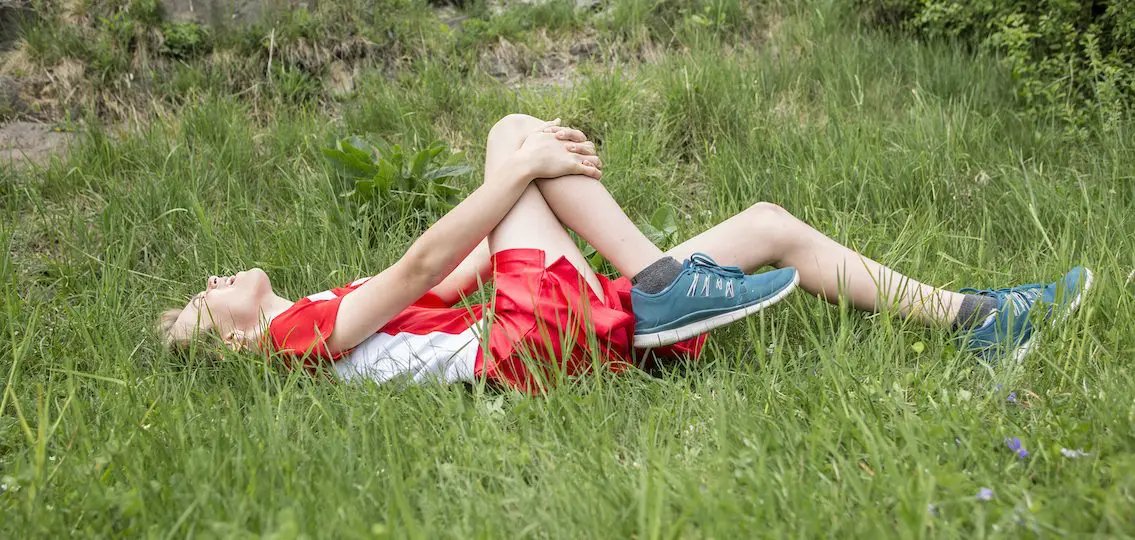Tens of millions of children across the country take part in youth sports every year. These activities are fantastic for promoting exercise and encouraging teamwork, but they can sometimes result in serious injuries and potential long-term damage known as overuse injuries. Here is a look at some of the common causes of overuse injuries and what parents and coaches can do to help keep them from happening.

What is an Overuse Injury?
An overuse injury is a chronic injury caused by repetitive stress on one part of the body.
A baseball pitcher is a prime example of an athlete prone to overuse injuries. Pitchers not only throw dozens of pitches during a game, but they also use their throwing arm hundreds of times in a single practice.
Pitching is a repetitive motion that places a great amount of stress on the shoulder, elbow, and other parts of the body.
The most common overuse injuries include:
- Stress fractures
- Tendon irritation
- Knee problems
Overuse injuries can strike at any age, but they’re particularly concerning when they happen to children whose bodies have not yet fully developed. Cartilage has not yet turned into bone, so it’s not as strong as the bone of an adult. And an injury to cartilage is not as obvious as a bone injury because it doesn’t show up on an X-ray.
Why Do Overuse Injuries Happen?
Younger athletes are prone to injury because they often do not give their bodies time to recover. They have so much energy they want to get back on the playing field or practice field as soon as they can. Other factors that can cause overuse injuries include:
- Intensive training
- Playing on hard surfaces
- Lack of safe, effective equipment
What Role Does Specialization Play in Overuse Injuries?
It wasn’t that long ago that children were encouraged to try many different sports. More recently, however, the trend has been toward specialization. A child might only play one sport throughout the year, rather than playing a variety of sports. And they are not just playing games on weekends—they are practicing throughout the week as well, performing the same motions over and over, repeating stress on specific areas. In many instances, they don’t take enough time off during the year to recover and rest.
Playing different sports in rotation allows for the use of different muscle groups. By using opposing muscle groups an athlete can balance their muscle use, which can result in less chance of injury.
How Can we Prevent Overuse Injuries in Teens?
Here are the top three ways coaches and parents can help young athletes avoid the risk of overuse injuries:
1. Preparation
A child should have a thorough physical exam about six months before starting any sport in order to uncover any underlying conditions that could put the child at risk for a severe injury.
Staying fit and strong is not only important during the playing season but before and after the season, as well. This involves general exercise as well as sport-specific conditioning. Coaches should emphasize the importance of warming-up before practice and cooling down afterward.
2. Rest
No matter what sport a child is playing, they should take at least two days off each week. This will not only help them rest physically, but also provide a mental break from the rigors of training.
Young athletes should be encouraged to take time off from a given sport each year. It’s still important for the child to remain active during their time off, but one month off for every three months playing will give them the rest they need.
3. Training
Instead of focusing on the muscles needed to play a given sport, athletes should exercise their entire body. Low impact exercises such as cycling and swimming are great for conditioning, and they don’t cause as much wear-and-tear as lifting weights or running.

Children are not small adults; they are undergoing profound physical and emotional changes. Young athletes should be encouraged to play a variety of sports, stay active in the off-season, and postpone specialization until high school. These guidelines will not only help them avoid overuse injuries, it will help prevent burnout in the sport they love.




